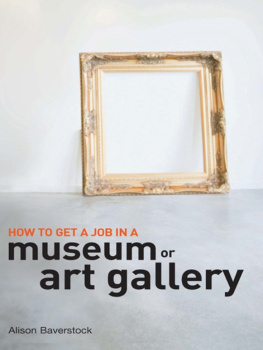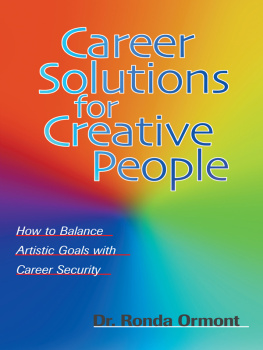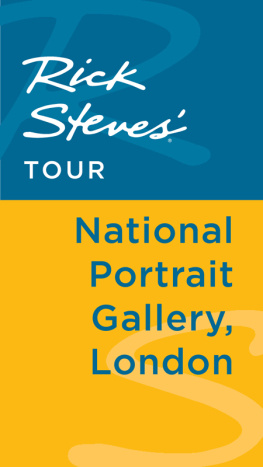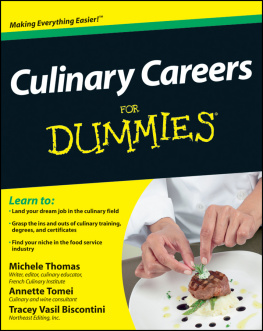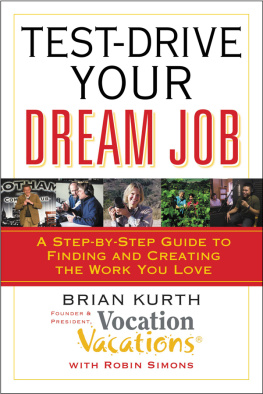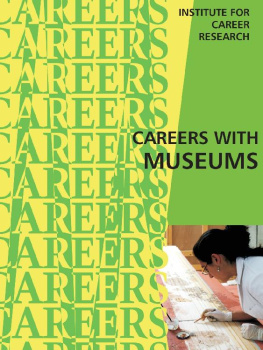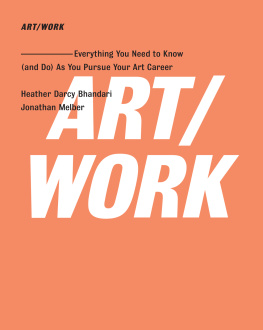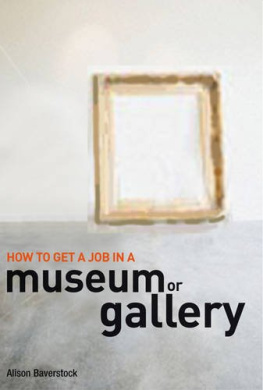How to Get a Job in a Museum or
Art Gallery
Alison Baverstock
A & C BLACK LONDON
First published in Great Britain 2010
This electronic edition published 2010 by A & C Black Publishers Ltd
A & C Black Publishers Ltd, 36 Soho Square, London W1D 3QY
www.acblack.com
Copyright Alison Baverstock, 2010
The right of Alison Baverstock to be identified as the author of this work has been asserted by her in accordance with the Copyright, Designs and Patents Act 1988.
All rights reserved. You may not copy, distribute, transmit, reproduce or otherwise make available this publication (or any part of it) in any form, or by any means (including without limitation electronic, digital, optical, mechanical, photocopying, printing, recording or otherwise), without the prior written permission of the publisher. Any person who does any unauthorised act in relation to this publication may be liable to criminal prosecution and civil claims for damages.
No responsibility for loss caused to any individual or organisation acting or refraining from action as a result of the material in this publication can be accepted by A & C Black Publishers Ltd or the authors.
A CIP catalogue record for this book is available from the British Library.
Print ISBN: 9-781-4081-0394-2
Electronic ISBN: 9-781-4081-9359-4
Visit www.acblack.com to find out more about our authors and their books.
You will find extracts, authors interviews, author events and you can sign up for newsletters to be the first to hear about our latest releases and special offers.
Contents
Museums and galleries are a microcosm of the world: places of pleasure and learning. And working in them is an exciting way to be involved with the big questions of where we have come from and who we are. What used to be slow-paced and sometimes backward-looking organisations have, by and large, become lively and audience-centred, concerned with how issues of current public interest can be understood through collections of art and objects and also be engaging. The key element of a good museum is making someones visit wonderful and memorable.
One of the many changes over the past 20 years has been a new focus on training and professional development. Museum directors and managers have realised that however much energy is devoted to collecting and understanding objects, the people who work in the institutions matter just as much. The many skills of the staff are needed so that objects and works of art can be carefully conserved, beautifully presented, properly recorded, researched and understood and then communicated to a broader public. The range of museum skills has now been extended to include fields such as digital programming, educational outreach work, specialist marketing and fundraising.
Those working in museums, both small and large, will therefore have a mix of talents and experience, and increasingly come from diverse backgrounds and educational routes. What they will probably share is an inquisitive nature combined with considerable creativity, self-reflection and a passion for teamwork. Objects matter, but enjoying the processes of learning from other people is crucially important.
If you think you might be interested in working in a museum or gallery, go and visit one, examine it critically, and consider whether this is a place to which you would like to contribute. I hope that reading this book will help you on your way.
Sandy Nairne, Director, National Portrait Gallery
October 2009
Part I:
The world of
museums and
galleries
Chapter 1
Why work in a museum or art
gallery?
Working in a museum or gallery is an appealing career prospect for many; it often attracts those who visited them during their childhood, found them places of solace in their teenage years or rather liked the look of what Ross in Friends did for a living. Visits as part of a university course may strengthen that desire and students of history or history of art may find themselves particularly drawn to such a career (although experts are needed in many fields of speciality, as broad as a museums range of content, from palaeontology to machine tools).
But while its easy to dream of working in such an institution, the practical details of whats involved are less easily come by. This book provides guidance on how to discover if the world of museums and galleries is really for you, and how to find a job if you decide this is indeed your chosen path.
A word of warning before we start. Entry is highly competitive and there are many more people seeking jobs than there are positions available. But then if you dont try, you stand no chance at all.
What working in a museum or gallery is really like
I did work experience in The Courtauld Gallery during the summer before my final year at university, and found the real privilege was in seeing the pictures in different lights each day from the harsh light of the early morning to the balmier light of the afternoons. I really felt I got to know the pictures and this was hugely satisfying.
ALISON BAVERSTOCK
If you cherish the notion that working in an art gallery or museum is a peaceful escape from the hurly-burly of modern life, or that it offers a haven away from more commercial choices, then think again. These days, galleries and museums not only have to compete for funds but also raise a substantial portion of their own revenue. Loving the items under your care is not enough, and your employers will want more from you than simply the knowledge that you are enjoying your surroundings.
Whats so satisfying about working in this world?
Close proximity to things of significance
Working in a museum or gallery offers you the chance to get close to items that have witnessed, or played a part in history, over both the long and short term.
People who work in galleries and museums feel that what they do matters; that they are looking after the cultural capital of the world and preserving it for future generations, and that by explaining the significance of items to a wider audience they are enhancing life.
Many of the skills needed by those working in museums and galleries are needed in other working environments too, such as website development, accurate record keeping and an appreciation of wider access. What museums give you is the added interest of applying these skills to something that matters, and the opportunity to engage other people in an area that is so fascinating and one perhaps they had not thought about before.
I would say that the one thing that unites all who work in this world is a respect for the original object; the frisson gained from holding the actual item that has played a part in history. And this is true whether the object is frequently found and of little or no commercial value or a unique and highly valuable specific item, with a charted pedigree; it is the connection to the past that matters. For example, it can be just as fascinating to look at an early example of the sticks used in the millennia-old method of creating fire by rubbing one stick in the hollowed-out centre of another, as a single example of a particular item with a particularly well-documented provenance. When cataloguing the horology collection in the British Museum, I was inspecting the working mechanism of a particular timepiece and was told by the curator that it once belonged to Oliver Cromwell. Those who want to work in museums need to be the kind of people who are excited by this; the tenable connection to the past that they then want to communicate and share with others.
MALCOLM CHAPMAN, HEAD OF COLLECTIONS, MANCHESTER MUSEUM
Similarly, selling items of historical pedigree or works of art can be a commercial venture, but those handling the sale must feel that what they are offering has a long-term validity and will reflect well on their role as seller in the future. Commercial galleries and specialist retailers want to build long-term relationships with their customers, who view their purchases as ongoing sources of pleasure and investment.

